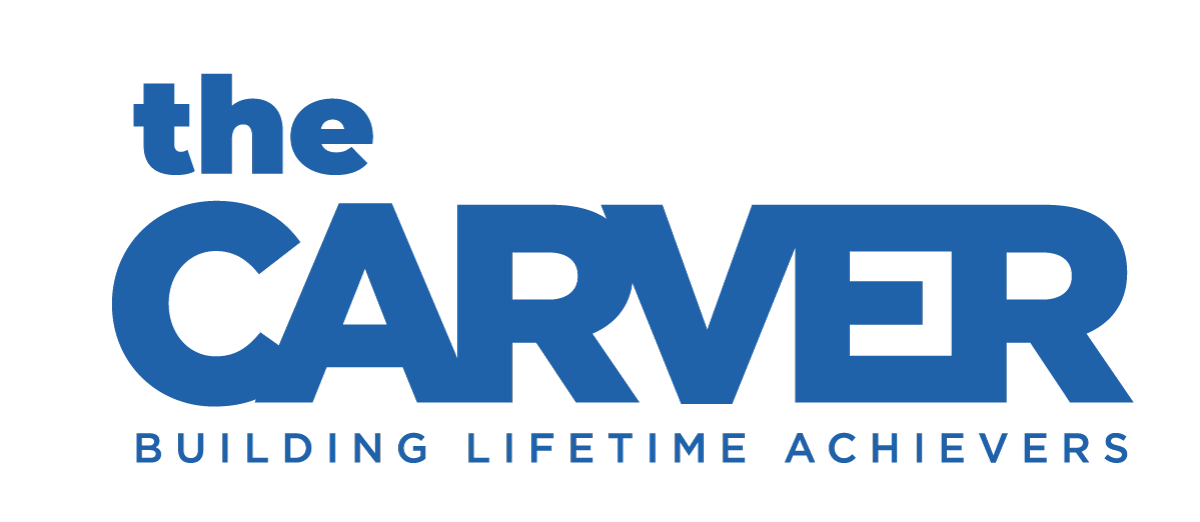NPS certified teacher Richard Sullivan and his student scientists are working hard at Carver’s 6th Grade Summer Transition Program at Nathan Hale Middle School.
Using the scale to analyze and understand the scientific method, these student scientists prepare for middle school, meet their new teachers, and make new friends.
The six steps of the scientific method include: 1) asking a question about something you observe, 2) doing background research to learn what is already known about the topic, 3) constructing a hypothesis, 4) experimenting to test the hypothesis, 5) analyzing the data from the experiment and drawing conclusions, and 6) communicating the results to others.
The scientific method was not invented by any one person but is the outcome of centuries of debate about how best to find out how the natural world works. Those scientists include Roger Bacon, Thomas Aquinas, Galileo Galilei, Francis Bacon, Isaac Newton, John Hume, and John Stuart Mill.
Scientists continue to evolve and refine the scientific method as they explore new techniques and areas of science, and Carver campers know that they too can contribute to this celebrated tradition.







